Are you a die-hard horror fan? Are you someone looking to expand your horizons, and find just the right kind of horror for you? Well, we’ve got just the thing. We’ve dissected the horror into the nine main subgenres of horror with our recommendations on where to start with each.
How many types of horror are there?
Categorizing the subgenres of horror genre is harder than you might think. We’re not talking about the periodic table of elements here. It gets murky. There’s a lot of overlap, a lot of genre-bending and crossover. If you asked ten popular horror writers to make a list of subgenres within the main genre, you’d get ten different lists.
But let’s tackle it anyway!
We’ve broken horror down into fourteen categories or subgenres. These subgenres of horror account for the majority of horror fiction available today, while also harkening back to the origin of the genre.
Apocalyptic | Avant Garde | Camp | Cosmic | Comedy | Dark Fantasy | Experimental | Found Footage | Gore | Gothic | Lovecraftian | Paranormal | Post Apocalyptic | Psychological | Sci-Fi | Splatterpunk | Supernatural
What are Horror Genre Characteristics?
Horror can range from internal terror to jump scares. Each sub genre has different characteristics but they all have one thing in common. They are intended to scare you.
Without further fanfare, let’s explore the most popular subgenres of horror fiction, with some sterling examples and basic characteristics of each genre.
Apocalyptic
Apocalyptic horror centers around the collapse of civilization. The world you know it can no longer exist with a complete collapse of systems and order. In horror this subgenre is often closely tied to sci-fi creatures such as the classic alien invasion, mysterious demons like Aamon coming to enslave mankind, and of course major religious events coming to fruition.
Best Apocalyptic Horror Movies
Avant Garde
For this subgenre, we’re getting a little weird. Avant Garde is as social a movement as it is an artistic one, with artists standing at the forefront of our preconceived notions of acceptable art and ideas. In horror literature, this takes the shape of mind-bending twists and impossible odds. In comics, it is the same incredible evil with terrifying and spine-tingling art. Recommended reading: Annihilation, by Jeff Vandermeer. Uzumaki, by Junji Ito. Sleep of Reason, by Spike Trotman.
Best Avant Garde Horror Comics
Body Horror
This subgenre of horror intentionally focuses on grotesque or psychologically disturbing violations of the human body. From disease to dismemberment the core of it is what can happen to the human body. It is not unusual for this to also include sexual, alien infestation, strange movements, transformations, and utter destruction of the human body. We’re talking everything from Human Centipede (is this really even horror?) to John Carpenters “The Thing.”
Camp Horror
Camp or sometimes called “kitsch” horror is often seen as low budget or at least at odds with its budget even if it has one. It is rebellion in its own right. Rebellion that uses overly dramatic acting, cliches out of context and storylines that drive critics insane. Yet, many have become cult classics in their own right.
Camp is very well summed up in this quote
Indeed the essence of camp is its love of the unnatural: of artificial exaggeration. And camp is esoteric — something of a private code, a badge of identity even, among small urban cliques.
Susan Sontag from “Notes on Camp” essay
Comedy Horror
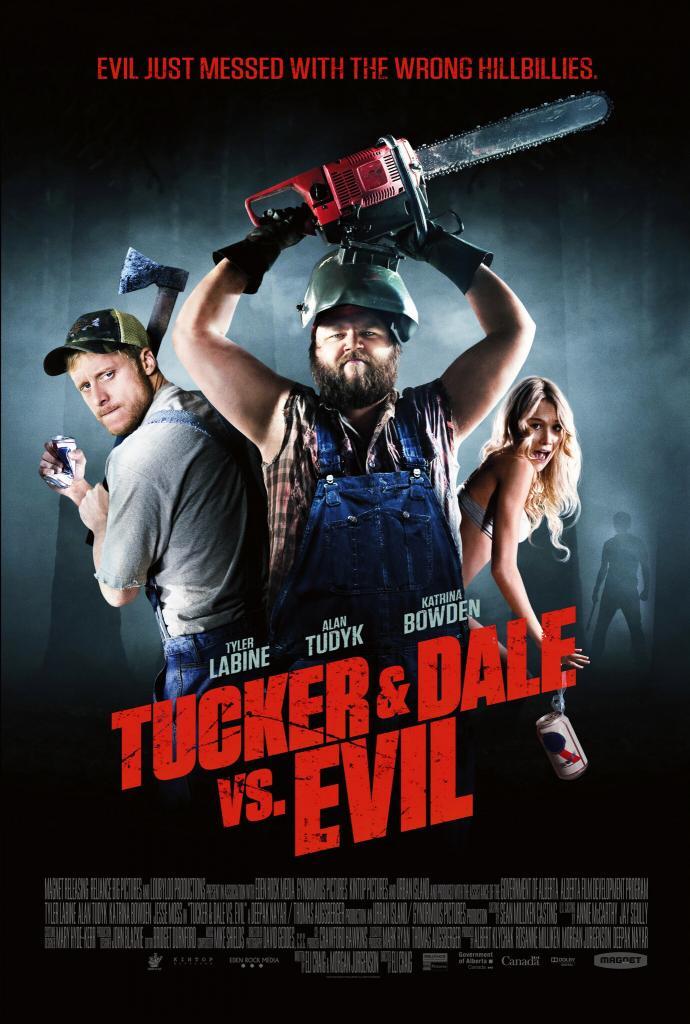
When dark humor just isn’t enough we have comedy horror. Accidental gore films like Tucker and Dale vs Evil to subtle quips from Ash Williams in the Evil Dead. A common theme in Comedy Horror is the victim who stumbles through the film and somehow manages to survive.
Cosmic Horror
The cosmic horror genre is both personally existential, and darkly expansive. The darkest corners of space, the pitch-black pits of demons, the sense of no real control, the fear of the unknown, and dread that comes with the ineffable size of the universe. This genre is strongly tied to H.P. Lovecraft who brought it to life with novellas such as At the Mountains of Madness (1936), The Shadow over Innsmouth (1936), and The Shadow Out of Time (1936). “The Shape Of Water” by Guillermo Del Toro or “The Imago Sequence and Other Stories” 2009 by Laird Barron are other strong modern works of cosmic horror. Space itself and extraterrestrial adventures also play a preeminent role in the genre, with standout comics like Nameless, by Chris Burnham & Grant Morrison, and Southern Cross, by Becky Cloonan and Andy Belager.
Best Cosmic Horror Movies | Best Cosmic Horror books | Best Cosmic Horror Comics
Dark Fantasy
These novels give readers the best of both worlds. They contain fantasy elements like magic, strange creatures, etc. They also add a dark layer of terror and suspense, just to keep things interesting. Recommended reading: The Citadel of Fear, by Gertrude Barrows. The Girl From The Other Side , by Nagabe. Beautiful Darkness, by Fabien Vehlmann & Marrie Pommepuy.
Experimental Horror
Experimental horror by its very nature it hard to define. Often extreme and generally controversial experimental horror pushes the boundaries of a genre that is already in the boundaries. Sometimes shocking and sometimes even confusing this genre is best described as “you will know it when you see it.”
Folk Horror
Folk horror is a subgenre of horror for film, books, comics or television which includes elements of folklore or urban legends as the inspiration of the main focus of horror for the story. Sometimes stated as “based on a true story” this subgenre loosely uses the phrase “true story” as many of these legends have little fact checking if any at all.
Found Footage
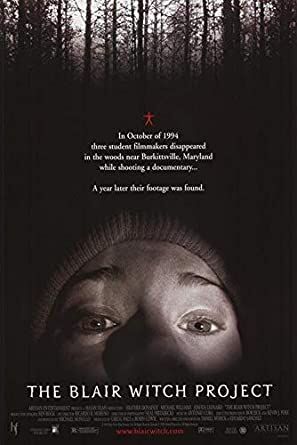
Although found footage films date as far back as the 1960’s the seminal work in horror is often considered to be The Blair Witch Project. Shakey cameras with low production quality are the foundation of the story. This genre has exploded with cell phone footage and continues to grow today. Possibly due to the ease in which someone can create a found footage horror film.
Gore
Also sometimes labeled as a splatter film the main focus of the film is well the blood, guts and dismembered body parts. Shock is a key element of this genre. Movies such as the SAW series are famous for the difficult to watch torture sequences. The main goal is for the audience to wince in disgust as the victims bodies are torn to bits. This genre crosses out of fiction with some popular series in the 80’s and 90’s with actual death in them but we only focus on fictional horror here so we will leave that for other sites and forums to discuss.
Gothic
Gothic horror goes way, way back. In fact, it’s the literary predecessor to the horror genre we know and love today. So in terms of cultural education, this subgenre warrants some attention. These dark, brooding stories often blend romance and horror, with a side dish of death. They’re usually atmospheric stories, where the setting itself becomes a kind of character. Recommended reading: Frankenstein, by Mary Shelley. Dracula (The Graphic Novel), by Bram Stoker and Jason Cobley. Gotham by Gaslight, by Brian Augustyn. The Woman in Black, by Susan Hill.
Lovecraftian
H.P. Lovecraft often described his own work as “weird tales.” But they contain horror elements as well. He created his own subgenre that many writers still emulate today. Lovecraftian fiction often focuses on cosmic elements that are beyond human understanding. Thus, it’s also referred to as “cosmic horror.” These stories can make us humans feel small and insignificant, in the grand scheme of things. Recommended reading: At the Mountains of Madness, by H.P. Lovecraft. Songs of a Dead Dreamer and Grimscribe, by Thomas Ligotti. The Ballad of Black Tom, by Victor LaValle.
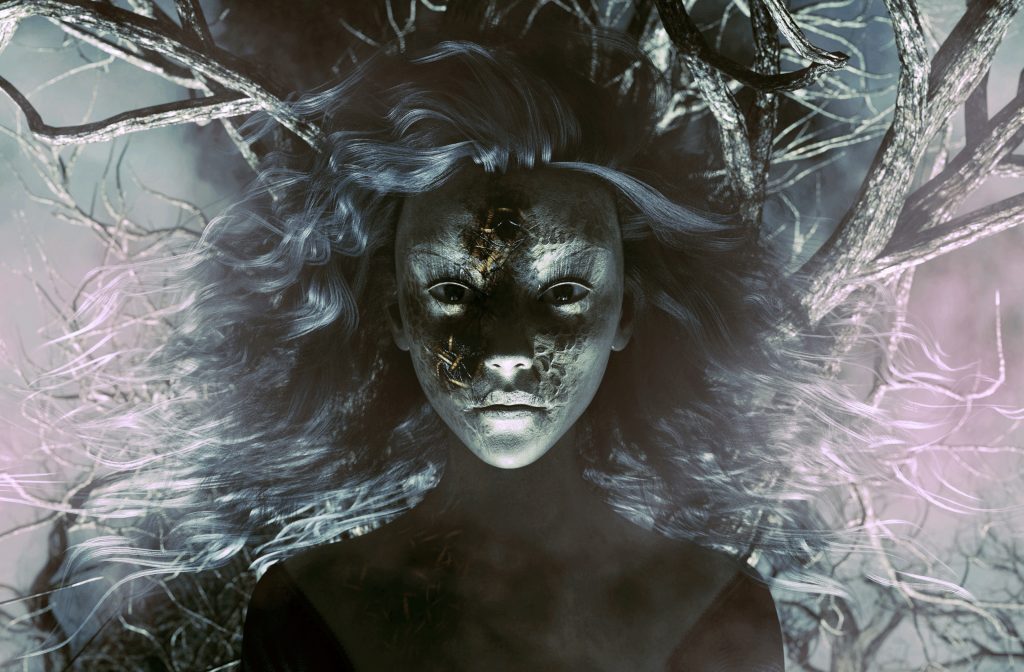
Paranormal
Merriam-Webster defines paranormal as something that is “not scientifically explainable.” That’s a broad definition. When it comes to horror fiction, the term “paranormal” usually refers to ghosts, hauntings, demons and possession. And there is some truly frightening fiction that falls into this subgenre. Recommended reading: The Exorcist, by William Peter Blatty. The Shining, by Stephen King. The Haunting of Hill House, by Shirley Jackson (it fits here, as well).
Post-Apocalyptic
The world as we know it has ended, and something terrible has risen in its place. Post-apocalyptic fiction challenges us to envision a world beyond our own, a doomsday scenario that takes us into uncharted and often terrifying territory. Not all post-apocalyptic fiction uses horror elements. Some of it falls into the dystopian category. But there are plenty of good stories out there that paint the end of the world in horrifying hues. Recommended reading: Swan Song, by Robert McCammon. Monument 14, by Emmy Laybourne. Feed, by Mira Grant. The Road, by Cormac McCarthy.
Psychological:
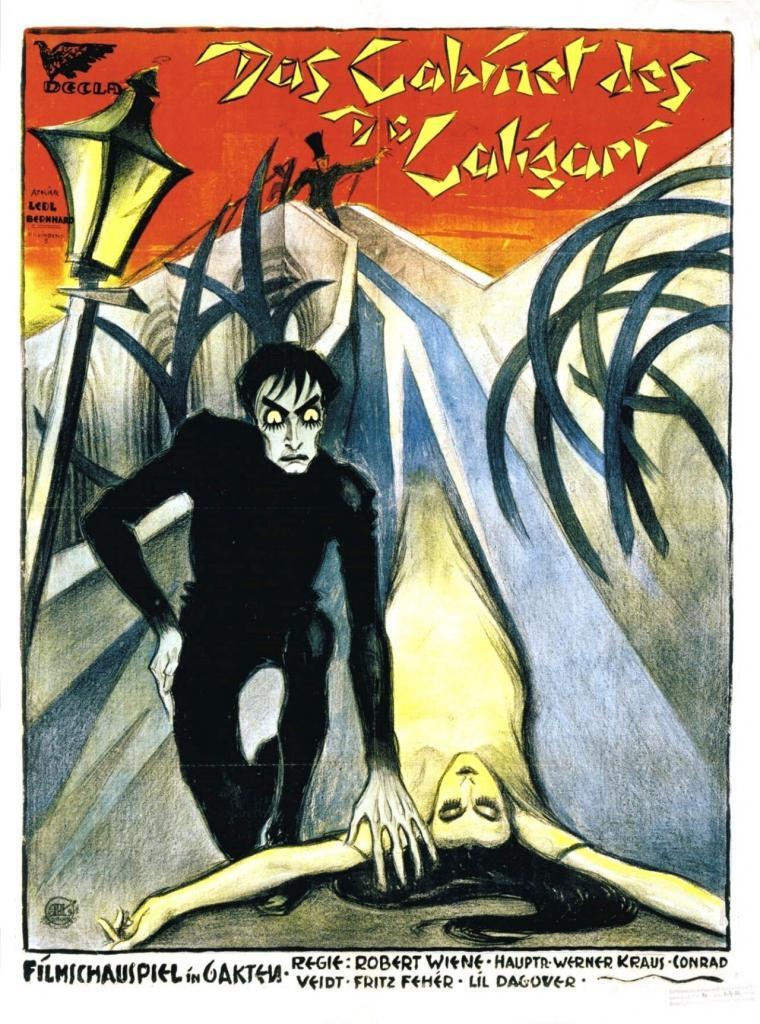
Put the ghosts, monsters and slashers aside for a moment. Let’s talk about the psychological effects of horror. The internal terror and the long lasting trauma that occurs under moments of major duress. Psychological horror fiction uses intense human emotions like fear and dread to grip the reader, with a healthy dose of anxiety and suspense on the side. Recommended reading: Rosemary’s Baby, by Ira Levin. Come Closer, by Sara Gran. Silence of the Lambs, by Thomas Harris.
Psychological horror also has a rich history in books and film that dates back to the late 1800s.
Scary Documentaries
Yep even documentaries can be a subgenre here and these have certainly become more popular. Unlike the found footage genre these have at least some reason to believe the experience were real. They are often paranormal experience but also look at things like serial killers. We’ve compiled a list of the most terrifying documentaries and it sure looks like horror to us.
Sci-Fi
Mad scientists, experiments that did not go as planned, alien invasions and creatures we never wanted to know coming into existence. This subgenre of horror crosses well into Cosmic Horror but maybe with a touch less existential dread. You know where the alien came from and you know the moment the scientist crossed the line. We’ve explored the history of sci-fi horror here.
Best Sci-Fi Horror Books | Best Sci-Fi Horror Comics
Splatterpunk
Splatterpunk is a genre of horror fiction notable for its graphic and gory depiction of violence and sometimes sex. The term was coined in 1986 by David J. Schow at the Twelfth World Fantasy Convention in Providence, Rhode Island. Splatterpunk is regarded as a revolt against the “traditional, meekly suggestive horror story.” Notable horror film icon Clive Barker has dabbled in the genre.
Supernatural
The supernatural subgenre of horror overlaps with the paranormal category. Again, we’re dealing with things that “appear to transcend the laws of nature,” according to Merriam-Webster. I’ve broken this out into a separate category to distinguish it from the ghostly and haunting world of the paranormal. Here, we’re talking about werewolves, witches, and other things that defy the laws of nature. Recommended reading: Wytches, by Scott Snyder. Salem’s Lot, by Stephen King. The Hunger, by Alma Katsu. B.P.R.D., by Mike Mignola.
Best Supernatural Horror Comics | Best Supernatural Horror Streaming Online
So there you have them, the popular subgenres of horror with some representative works to keep you up at night. For more literature, Puzzle Box has original literature as well as features on Edgar Allen Poe and Bram Stoker.
Survival Horror
This subgenre of horror is typically found in video games. The point of tension, like much of horror, is surviving the environment. The main character is often put to the test to survive against all odds. It’s often considered “action horror” due to the physical activity often required to survive. Apocalyptic horror scenarios are often used for survival horror.
True Crime
Pretty straightforward as the title implies. The subgenre of horror is based on real life horrors that have happened. The most popular arena here is serial killers with movies and documentaries about people like Ted Bundy, Jeffrey Dahmer, John Wayne Gacy and more. The main focus is it must be from a real life crime. With that said, these are often dramatizations of the events not to be confused with the scary documentaries subgenre.
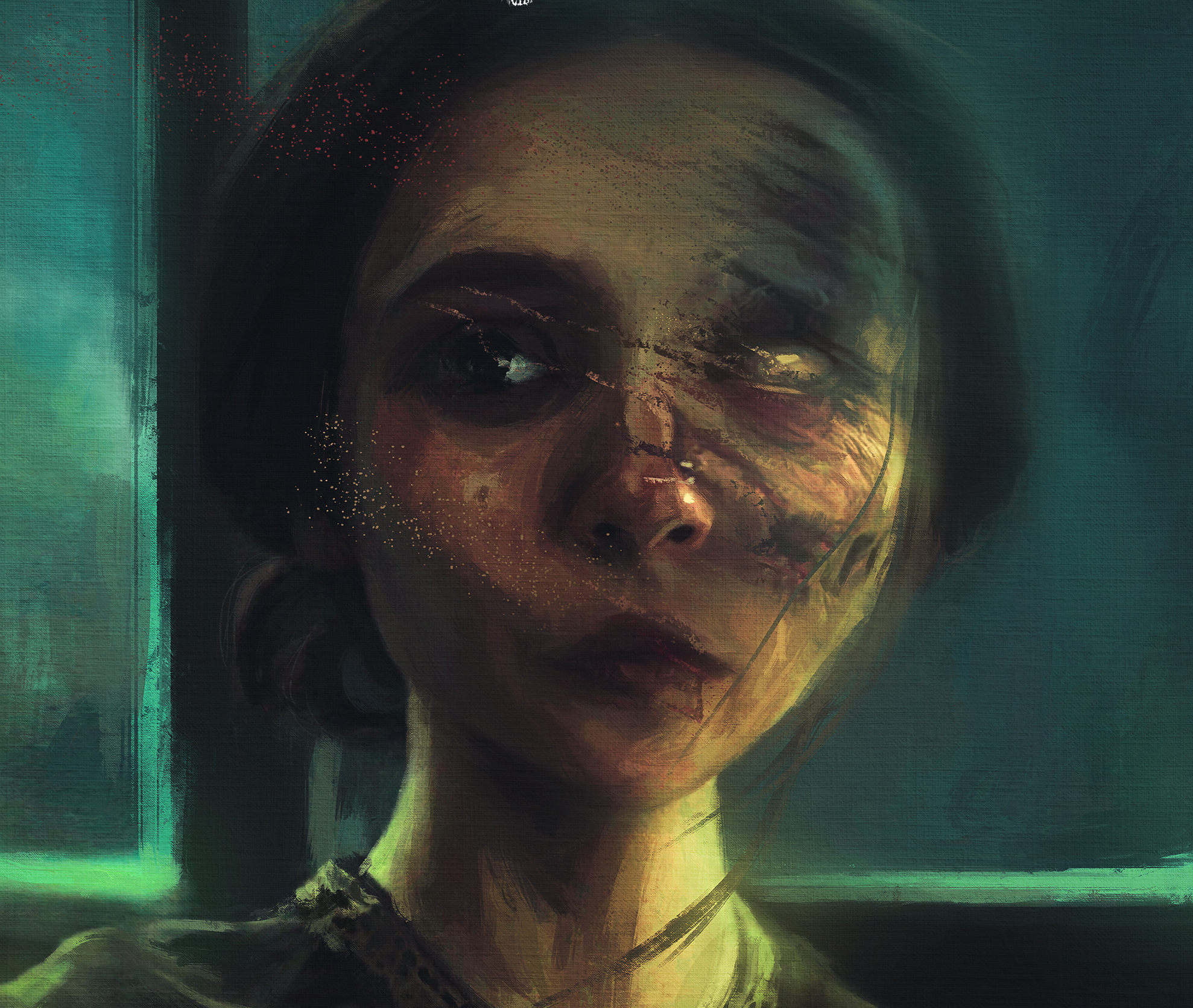
Tritone’s love of horror and mystery began at a young age. Growing up in the 80’s he got to see some of the greatest horror movies play out in the best of venues, the drive-in theater. That’s when his obsession with the genre really began—but it wasn’t just the movies, it was the games, the books, the comics, and the lore behind it all that really ignited his obsession. Tritone is a published author and continues to write and write about horror whenever possible.

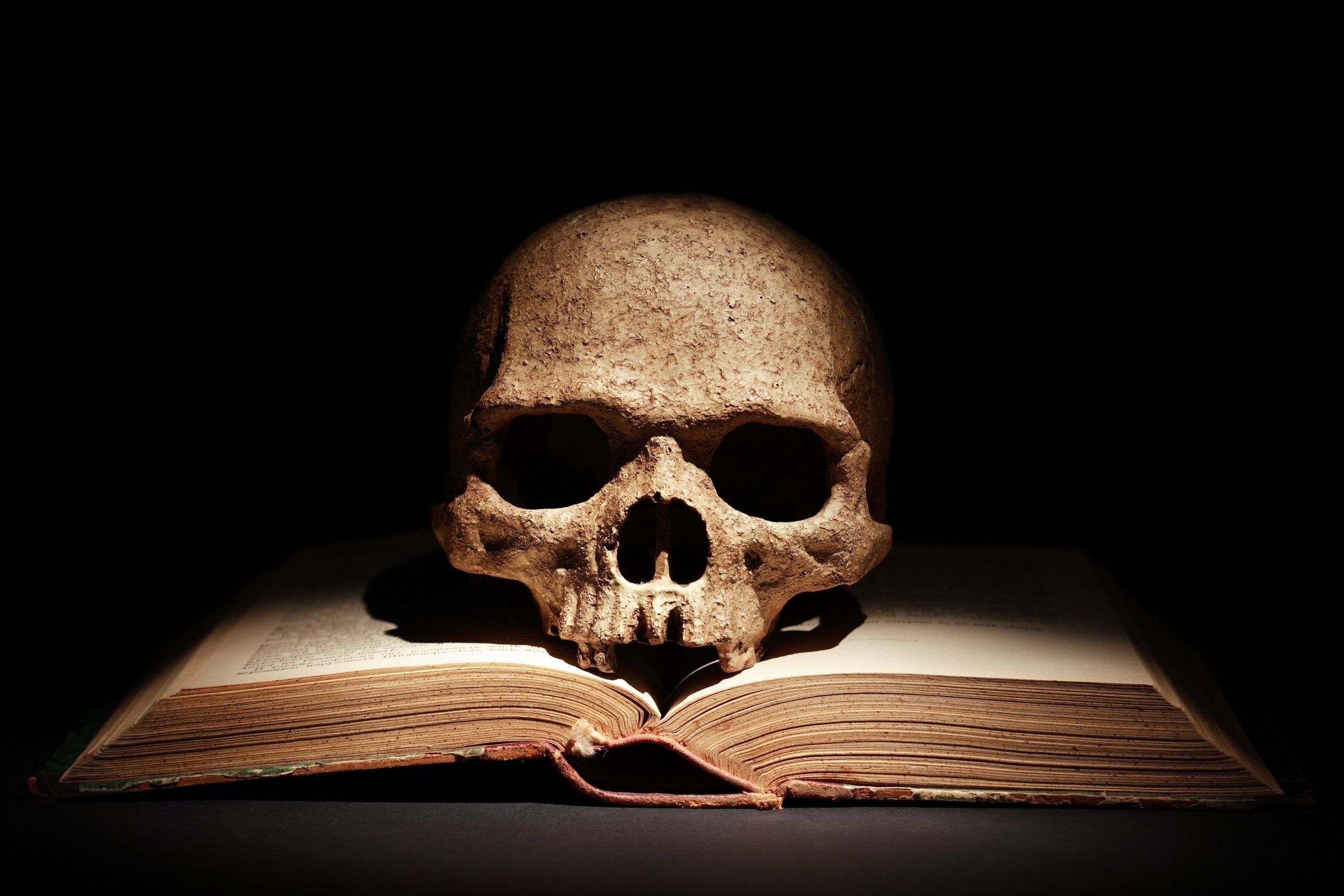
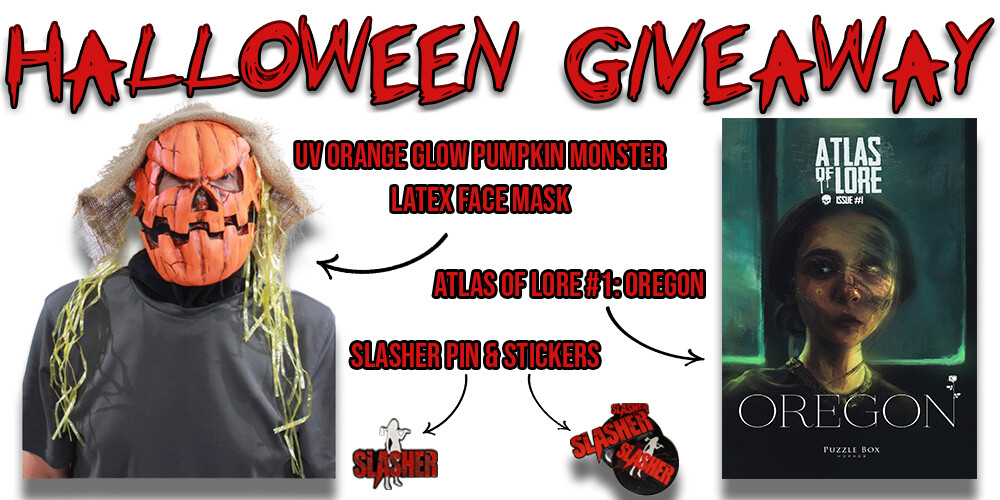

One reply on “Subgenres of Horror from A to Z”
Fantastic article! Your site will def be a reference for me now that I know it exists 🙂